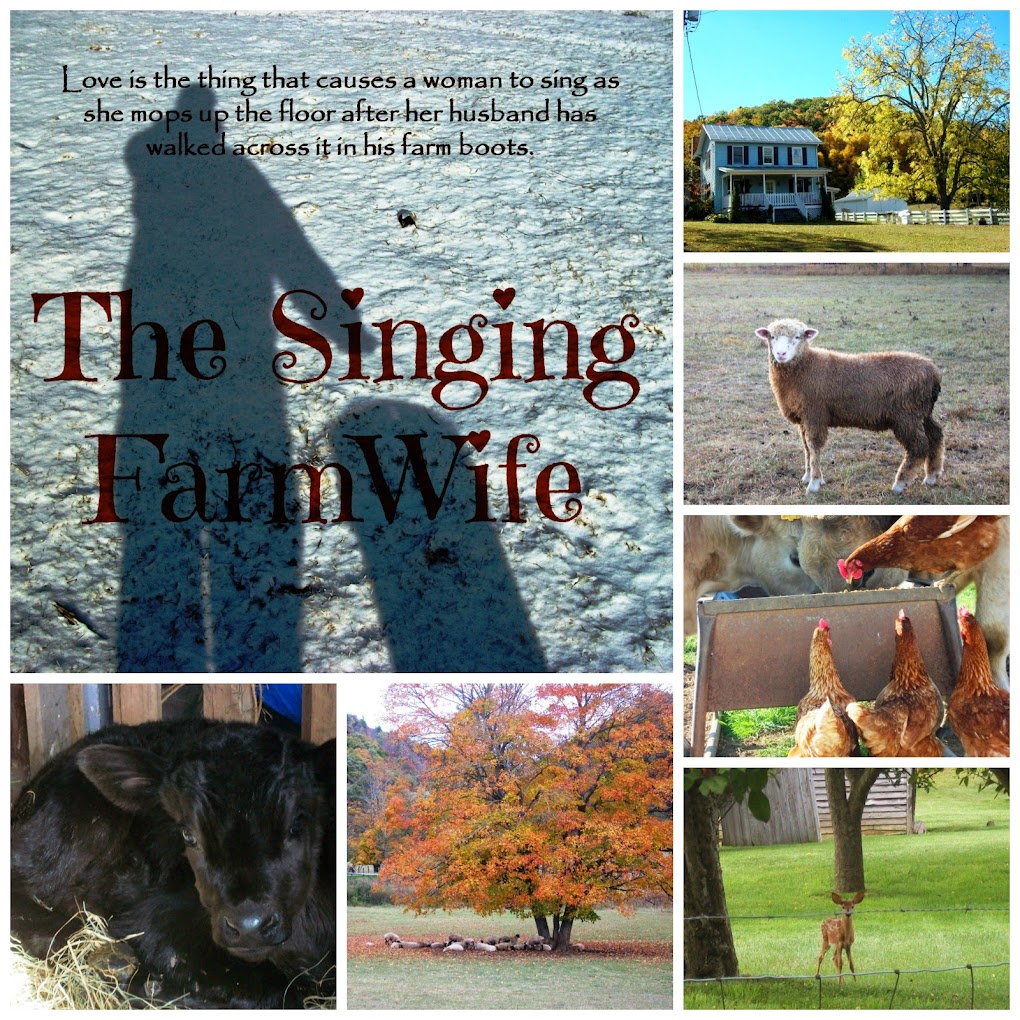A friend of mine recently posted a picture on Facebook of a
tree out in the middle of a pasture.
There were two coyotes hanging from its branches and a sign referring to
it as the hanging tree. I have seen this
tree, but when I saw it there were about ten coyotes hanging there.
The posted picture created a very small storm of
disapproval. People were appalled at
such a vulgar, angry display. I found
myself, strangely, on the other side of the argument. Don’t get me wrong. I am not condoning the actions of the farmer
involved (whom I know), but I am not condemning them either. After living on the farm for twenty seven
years and participating in the daily struggle to produce a good, marketable
crop of lambs or calves I find that my old city attitudes have shifted.
Like most of my city counterparts, I imagined that all farms
consisted of sunny meadows full of frolicking sheep and happy cows. I loved to eat a good steak or fry up some
bacon, but somehow my mind didn’t connect happy farm animals to my plate full
of juicy protein. Happy farm animals
lived so that people could enjoy their cuteness and occasionally feed them and
pet them. People certainly were not going to eat them.
It’s not that I didn’t
know the source of my burger, it’s just that I chose not to consider it. Living on a farm changed all of that. On the farm, I began to face up to the fact
that the cute little animals trotting along behind their mamas would one day be
sold for food. I lived on the farm for
several years before I would let myself consider this truth too closely.
Then my boys raised 4-H animals and I watched them grow
attached to their four-legged friends.
And, I watched them mourn when those same friends, after winning some
money and ribbons, were loaded onto a stock trailer which pulled off into the
sunset, heading towards a feed yard and eventually a butcher’s shop somewhere.
It was during our third season of raising and selling fair
animals that my attitudes began to shift.
In the first years, I cried, too.
But, then it occurred to me that humans have to eat, and we simply
cannot do it without something else dying.
Even if we are vegetarians, eating only organically raised produce, a
bug will die somewhere as the crop is harvested. Why are we mourning only the cute furry
things?
In fact, everything must kill something else in order to
keep on living. It is a truth that has
been lost as generations of eaters pluck their dinners from the sterile
well-lit aisles of a grocery store. Here
on the farm, we don’t have the luxury of ignoring the source of our sustenance
and the death that is an inevitable by-product of our eating.
What does that have to do with coyotes hanging in a
tree? It turns out, everything. Everything dies. That’s the truth that we learn living on the
farm. Coyotes are top level
predators. They don’t die very often,
unless the one predator above them, man, does the killing. Coyotes kill indiscriminately and it’s not
always because they are hungry. Any
farmer who’s seen a field full of neck-slashed lambs can tell you that coyotes
are hit and run killers. Thus, one
farmer who has witnessed too much of this senseless killing and the effect it’s
had on his income, chooses to hang the coyotes--symbolically saying, “enough is
enough.”
This farmer is not deranged.
He is angry, and rightfully so. The
coyote tree is simply an expression of that anger and frustration. Since I’ve lived here, I’ve seen at least ten
farmers give up raising sheep because of overwhelming coyote losses. They’ve tried donkeys, guard dogs and llamas
and if they were able to keep their sheep in a small acreage and had a small
flock, then they could enjoy some level of protection. But, most farmers in this county turn their
sheep out to pasture in the summer. Pasture
on the sides of mountains, out of sight of the house. Usually the flock splits up. A guard animal would have to choose one group,
leaving the other group vulnerable.
If National Geographic came to our mountains and photographed
the coyote tree, it would appear in the magazine with a caption that
appropriately captured the frustrations of a group of people who are watching
their way of life disappear one coyote-killed sheep at a time. Lambs dying so that we all can eat are one
kind of death that we accept on the farm.
Lambs dying in our fields because a coyote went on a killing spree are
not. Sometimes it seems that modern
society has forgotten how to distinguish between the two.
